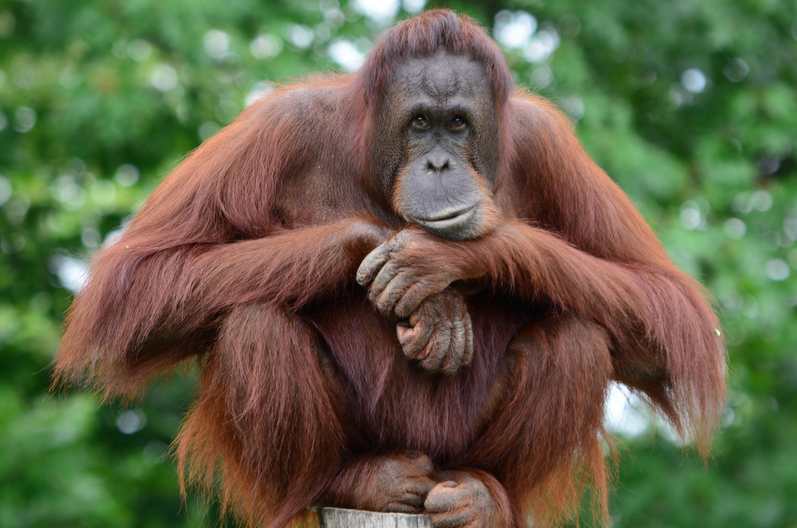nordic-circus.org – Indonesia, a vast archipelago nation in Southeast Asia, is home to an incredible diversity of wildlife. Its unique position straddling the Asian and Australian continents has resulted in a rich tapestry of flora and fauna. However, this biodiversity is under threat from habitat loss, poaching, and climate change. Conservation efforts in Indonesia are crucial to protecting this natural heritage for future generations.
The Biodiversity Hotspot
Indonesia is often referred to as a biodiversity hotspot due to its high levels of endemism and species richness. The country is home to iconic species such as the orangutan, the Komodo dragon, and the Javan rhino, as well as thousands of plant species, many of which are found nowhere else on Earth. The archipelago’s complex geography, with its numerous islands and varied ecosystems, contributes to this diversity.
Threats to Indonesian Wildlife
Despite its rich biodiversity, Indonesia’s wildlife faces numerous threats. Habitat loss due to deforestation for palm oil plantations, logging, and agriculture is a significant issue. Poaching for the illegal wildlife trade is another challenge, with species like the orangutan and the Sumatran tiger being particularly vulnerable. Additionally, climate change is altering habitats and threatening species with extinction.
Conservation Efforts
In response to these threats, various conservation efforts are underway in Indonesia. National parks and protected areas have been established to safeguard critical habitats. Organizations like the Indonesian Ministry of Environment and Forestry, along with international NGOs, are working to combat illegal wildlife trade and promote sustainable land use practices.
Community Involvement
Community involvement is a key component of successful conservation in Indonesia. Many projects focus on engaging local communities in conservation efforts, providing alternative livelihoods that reduce dependence on activities harmful to wildlife. Eco-tourism is also being promoted as a way to generate income while raising awareness about the importance of protecting Indonesia’s natural heritage.
Challenges and Successes
Conservation in Indonesia faces numerous challenges, including political instability, corruption, and limited resources. However, there have also been successes. The recovery of the Bali starling, a bird species brought back from the brink of extinction through captive breeding and reintroduction programs, is a testament to what can be achieved with dedicated conservation efforts.
The Way Forward
Looking ahead, the future of Indonesian wildlife conservation lies in continued collaboration between governments, NGOs, scientists, and local communities. Innovative solutions, such as the use of drones to monitor wildlife and AI to analyze data, are also playing an increasingly important role. As the world becomes more aware of the importance of biodiversity, the hope is that Indonesia’s wildlife will receive the protection it needs to thrive.
Conclusion
Indonesian wildlife is a precious asset not only to the country but to the world. Conservation efforts in the archipelago are vital for the survival of many species. While challenges remain, the commitment of conservationists, the Indonesian government, and local communities provides a glimmer of hope for the future of this incredible biodiversity. As we move forward, it is crucial to remember that the protection of Indonesia’s wildlife is a shared responsibility that requires global cooperation and action.
